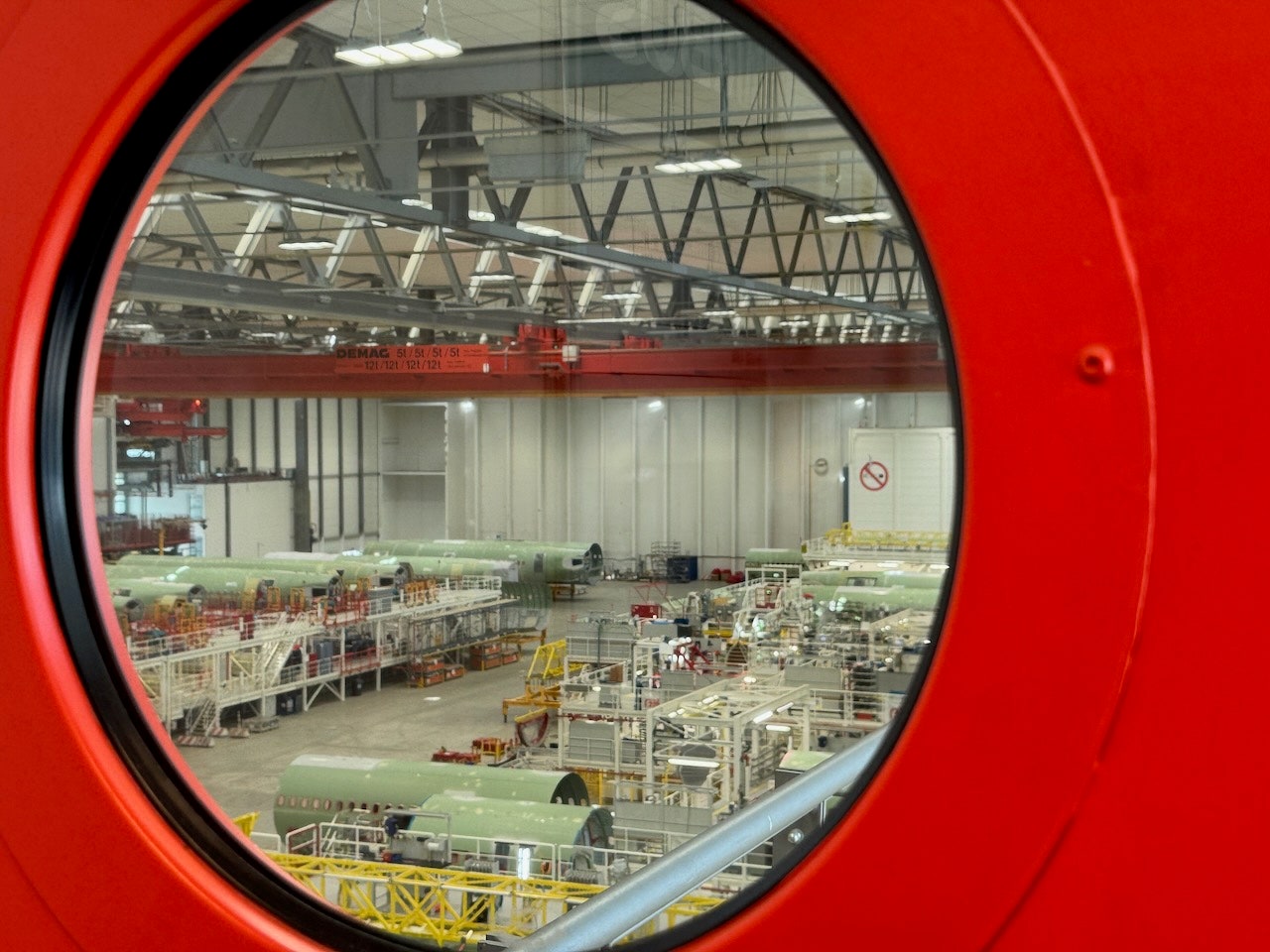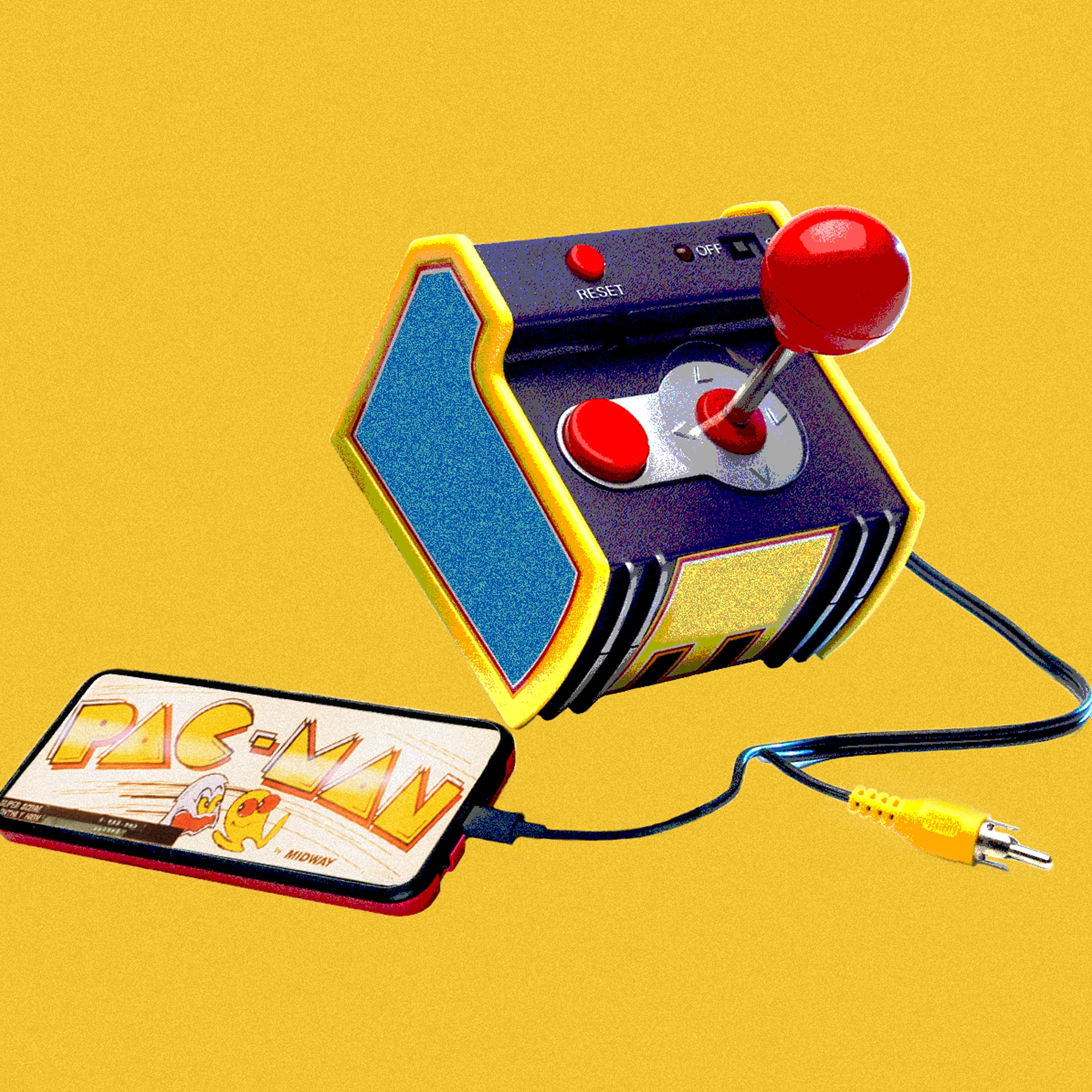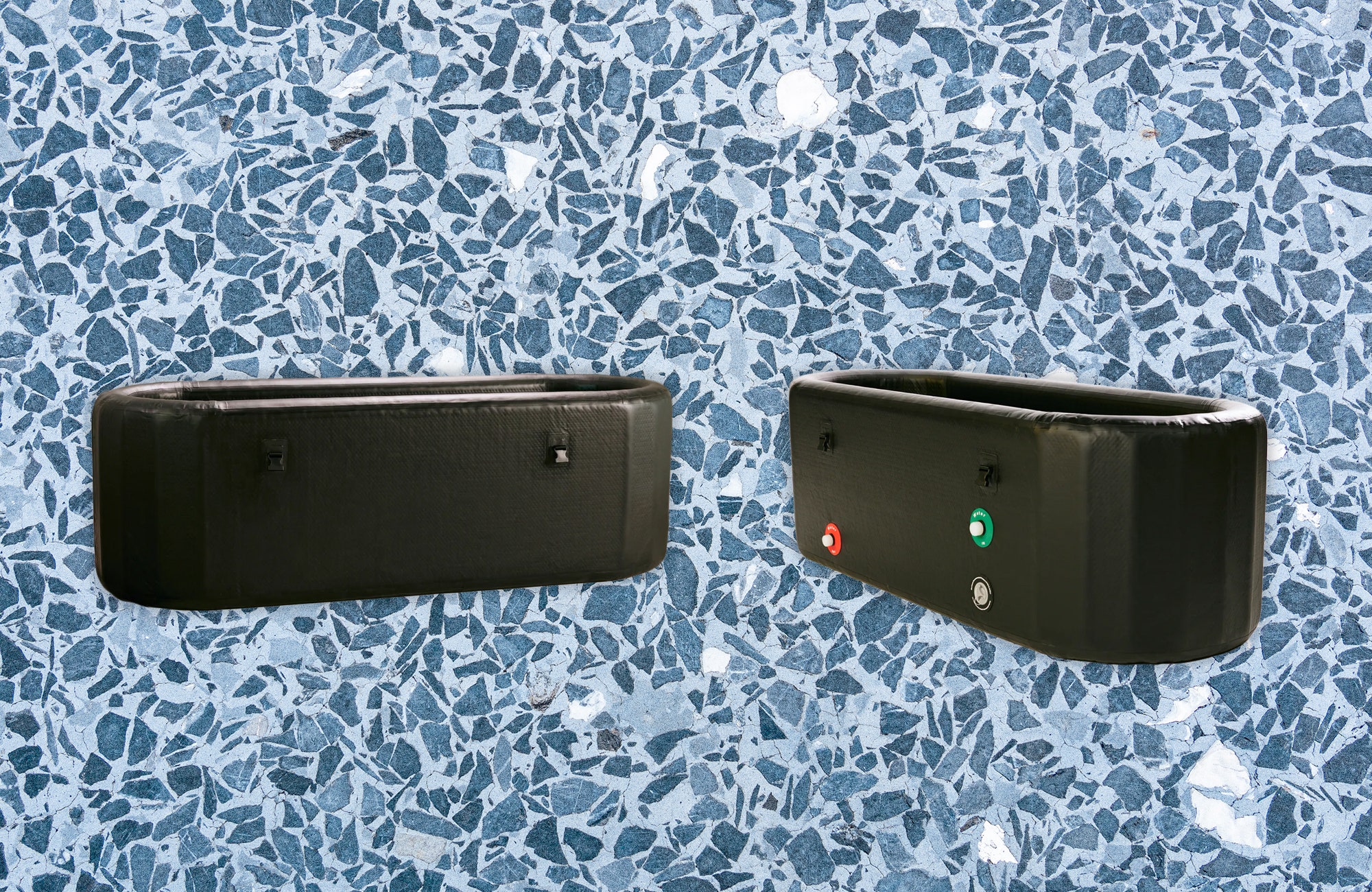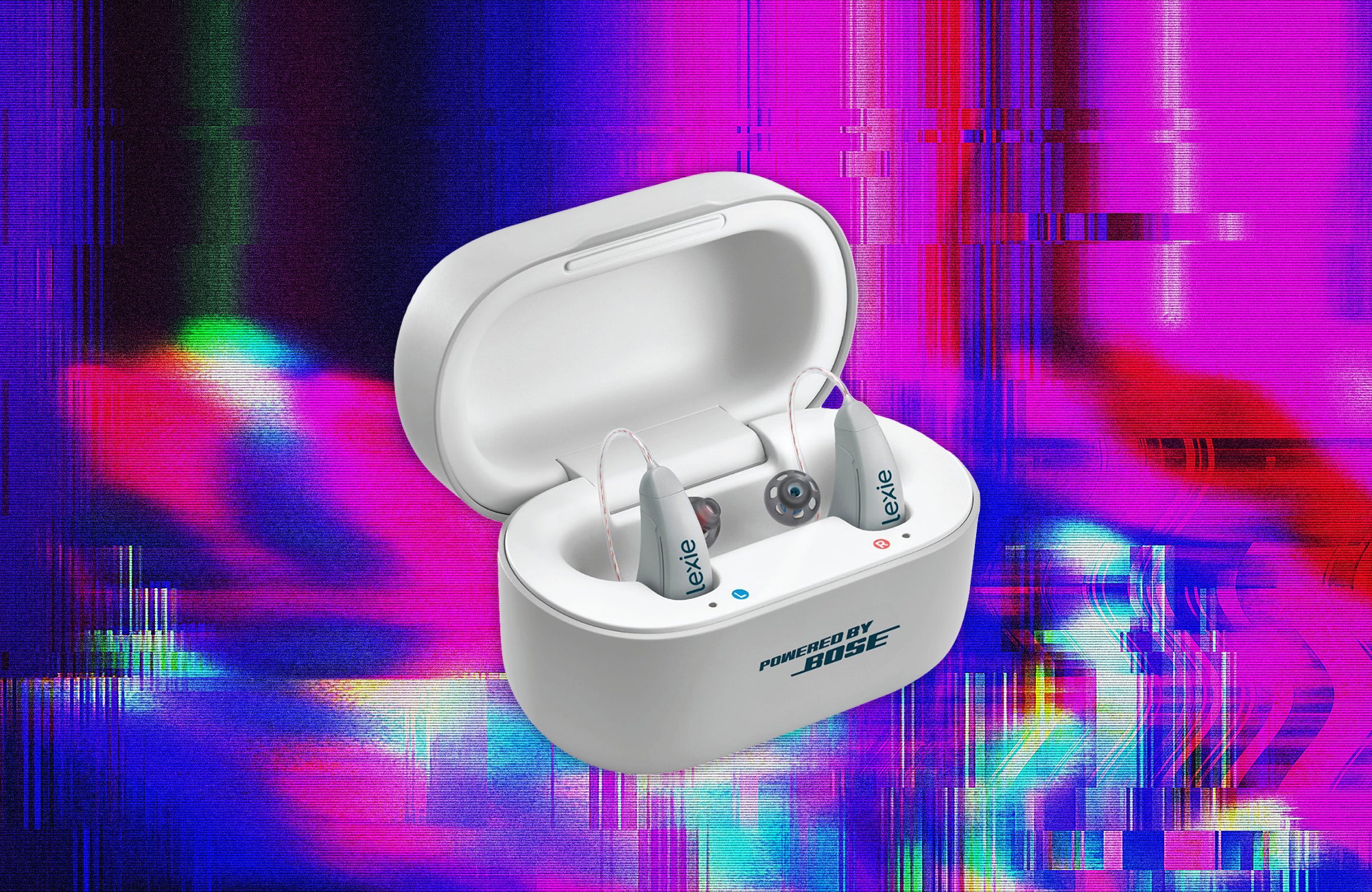This story originally appeared on WIRED Italia and has been translated from Italian.
This is the most important moment in the life of an airliner: when the new owner signs for it and picks it up, much like a driver picking up a new car from a dealer.
The aircraft in question is an Airbus A321neo, and it is parked at Hamburg-Finkenwerder, the German city’s second airport, which Airbus uses for testing, logistics, and delivery of airplanes to customers. Gathered around the plane are pilots and cabin crew, as well as two executives from Wizz Air, the low-cost Hungarian airline that is about to take delivery of it.
Airlines and manufacturers never disclose how much they pay for individual aircraft—partly because prices depend on many factors, including the number of planes purchased and the commercial history of each individual airline—but buying a plane is never cheap. The base price of a single Airbus A321neo is estimated to be around $110 million.
This particular plane, registered by Wizz Air as H9-WNM, was produced in Airbus’s Hamburg factory in just over a year. The site is one of the company’s four production centers, the others being in Toulouse, France; Mobile, Alabama; and Tianjin, China. Known as final assembly lines (FAL), these giant workshops are where a plane’s structural parts, on-board electronics, hydraulic and mechanical components, and other pieces all come together.
The final arming process of an Airbus A320neo in Hamburg.Photograph: Antonio Dini
But before these components reach the FAL, they need to be manufactured. Some are made internally by Airbus, others by third parties, and together making them involves dozens of factories and centers around the globe. Then there is the formidable logistical challenge of bringing them all together. This complex ballet involves shipments by boat, train, road, and air, with a small fleet of special transport planes—known as Belugas—playing a key role. These aircraft, with their prodigious girth that makes them resemble beluga whales, were created by Airbus to move large components such as fuselages from one production center to another.
An Airbus A321neo has just under half a million pieces, from the seven sections of fuselage down to the rivets used to secure its surfaces, making it one of the most complex jigsaw puzzles ever created. As well as needing to be combined, all the components have to be verified, tested, and recorded in a logbook that never leaves the aircraft. It catalogs the history and traceability of all its components.
A close to finished A320neo on Airbus’s Hamburg line.Photograph: Antonio Dini
More than half of the A320s produced by Airbus are assembled here in Hamburg, which produces more than 30 aircraft per month. There are several assembly lines working in parallel on different planes, but the most innovative part of the operation here is in Hall 245. Since it began operations in 2018, this hall has been one of the most advanced manufacturing environments in the global aircraft industry. Two gigantic robots that move on seven axes drill holes in the fuselage, while a series of mobile tooling platforms move around the aircraft to complete other elements of the assembly, their positions controlled by a laser-guided automated positioning system. Together these automated machines speed up production—a massive benefit given the demand for the A320 family of aircraft.
The popularity of these planes has exploded. The well-documented problems with Boeing’s rival aircraft, the 737 Max, have played into Airbus’ hands. The company has also been working to develop ever more fuel-efficient aircraft, with the potential of lower running costs proving attractive to operators. Airbus says the A321neo can fly using 30 percent less fuel per passenger, per kilometer compared to previous generations of competitor aircraft.
Finally, there’s the evolution of the air transport sector. The era of large, expensive, and inefficient wide-body aircraft is waning, and instead there’s growing demand for aircraft that have a narrow fuselage, with a single central aisle, and more agile performance. Planes like those in the A320 family can land at and take off from smaller airports, an important capability for low-cost airlines with their point-to-point flying models. These planes are also steadily increasing their capacity and the distances they can cover.
Since 1988, Airbus has built 11,524 aircraft in the A320 family, of which 10,756 are still in operation—out of roughly 28,000 airliners flying today.
The special livery of Wizz Air’s A321neo.
Fotografia da Antonio Dini
Airbus is hoping it can push things even further with its new A321XLR, which has just been approved for flight in Europe. It has the same capacity as the A321neo (up to 244 passengers) and requires the same pilot certification (meaning it has the same operating costs as the rest of the fleet), but with a greater range—8,700 kilometers, up from 7,400. This means it can fly directly from Rome to New York, or London to New Delhi, or from Reykjavik to Dubai or Houston. With long-haul aircraft like this becoming available to low-cost airlines—Wizz Air is one of the companies awaiting delivery of the first A321XLRs in January 2025—analysts expect a dramatic change in the market. In the near future, passengers will be able to fly low-cost from Milan to Manila with a stopover in New Delhi, for example.
The A321neo that I am witnessing being delivered is Wizz Air’s 132nd, and it is special for two reasons. First, because Wizz Air will be receiving the plane near its 20th birthday, and second, because of the plane’s livery, which displays the winning design from a competition held to mark this 20-year milestone. Painting the livery of an aircraft is a big expense. Up to 100 kilograms can be needed to coat a plane, and everything is done by hand. The Wizz Air executives present won’t share the exact price of the paint job—but they joke that it cost as much as buying a nice house.
The traditional “family photo” at the delivery of a new aircraft: the A321neo for Wizz Air
Fotografia da Antonio Dini
With the final product assembled, tested, checked, painted, and flown for the first time, all that remains is to hand over the aircraft to the pair of pilots waiting. In their hands, and those of many others, this A321neo will fly four to six segments daily on more than 200 Wizz Air routes. If the past performance of A320-type aircraft is anything to go by, it may be doing so for many years to come.










